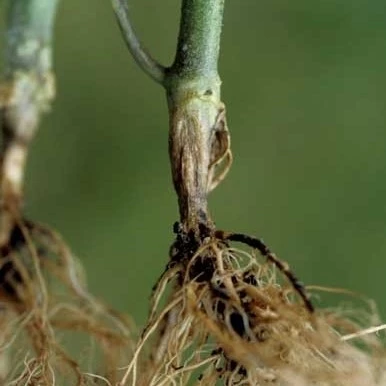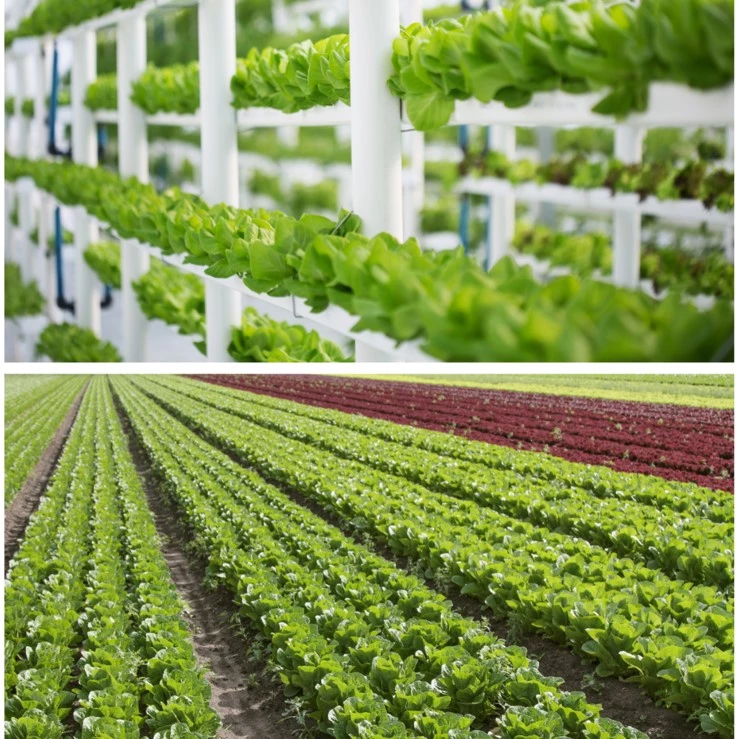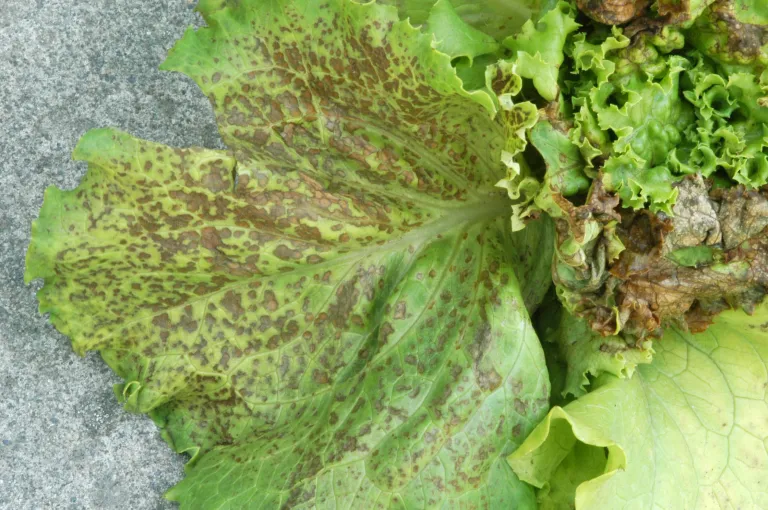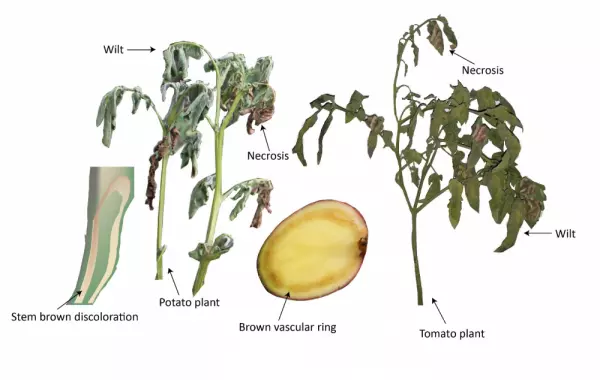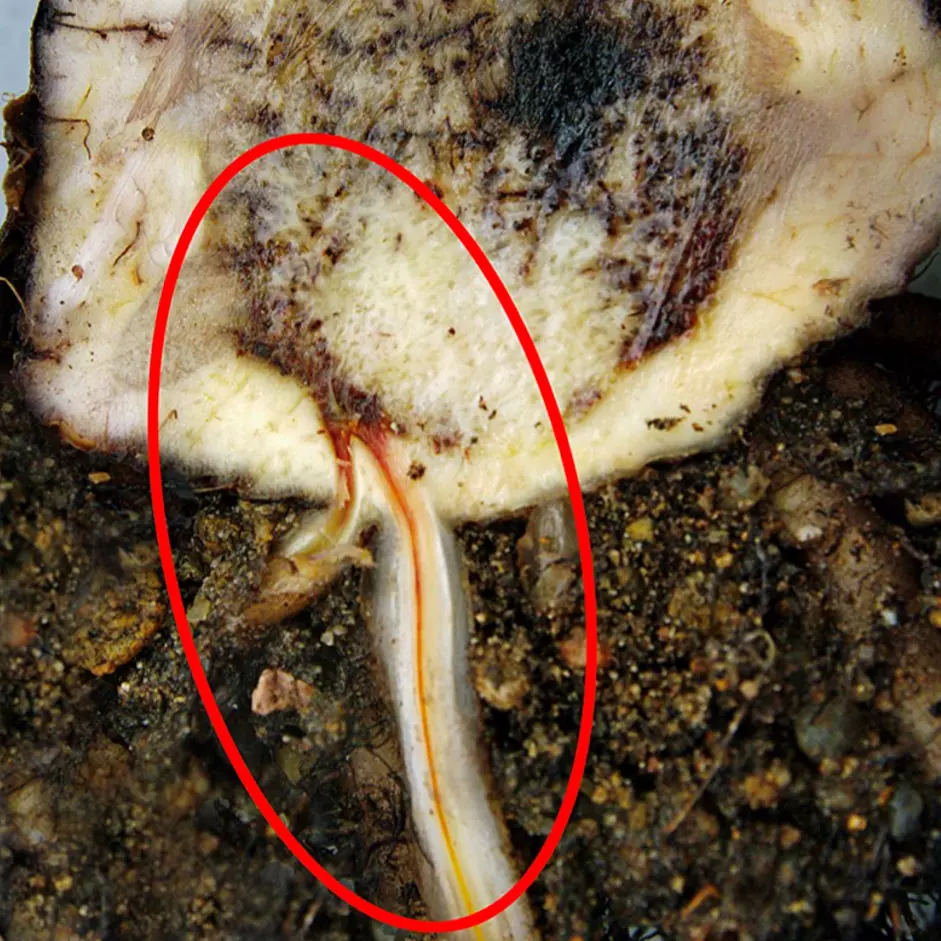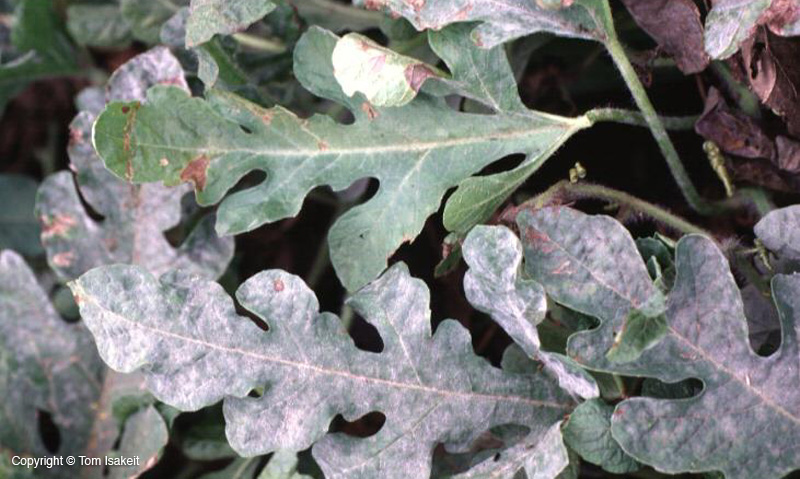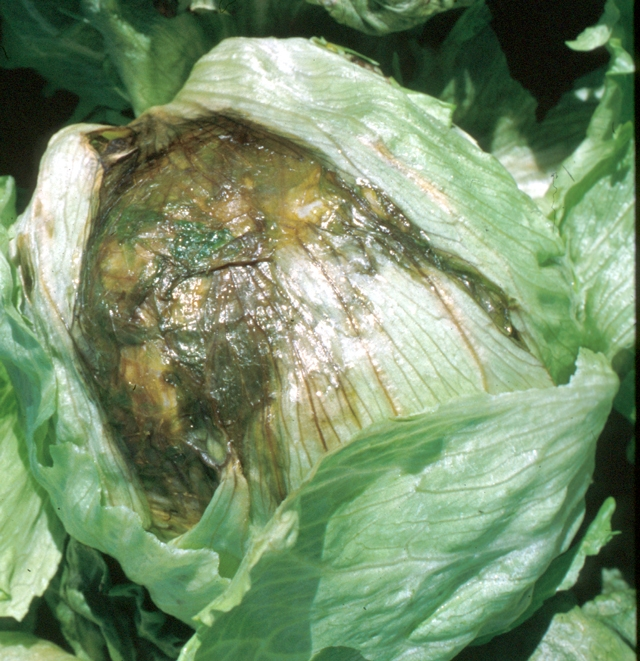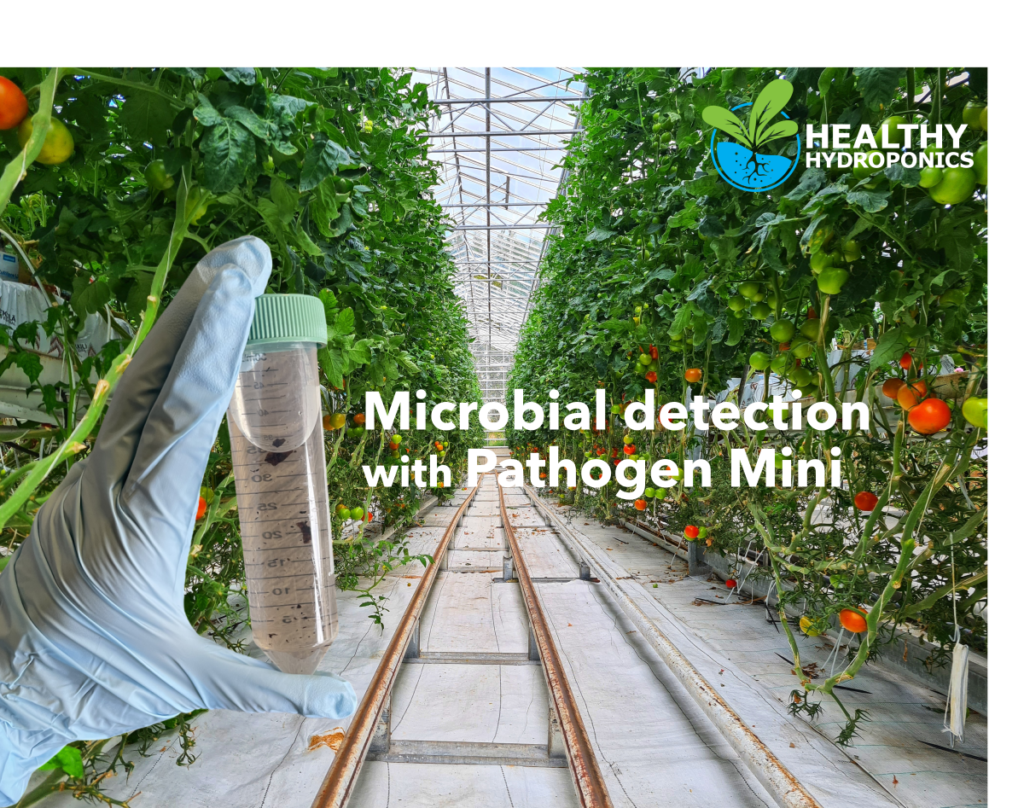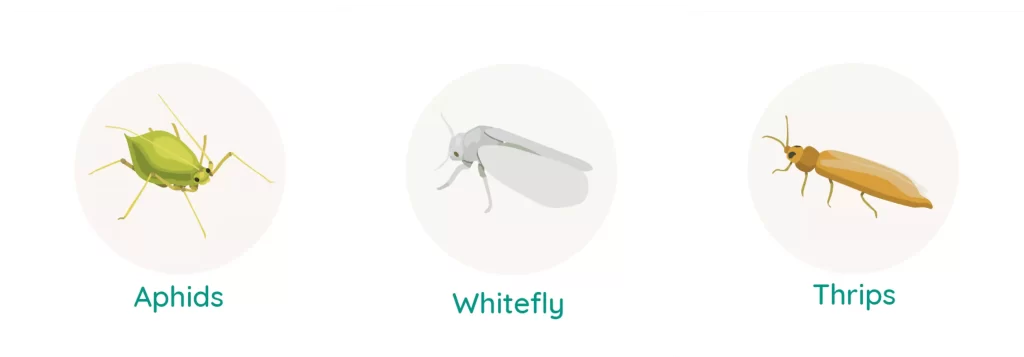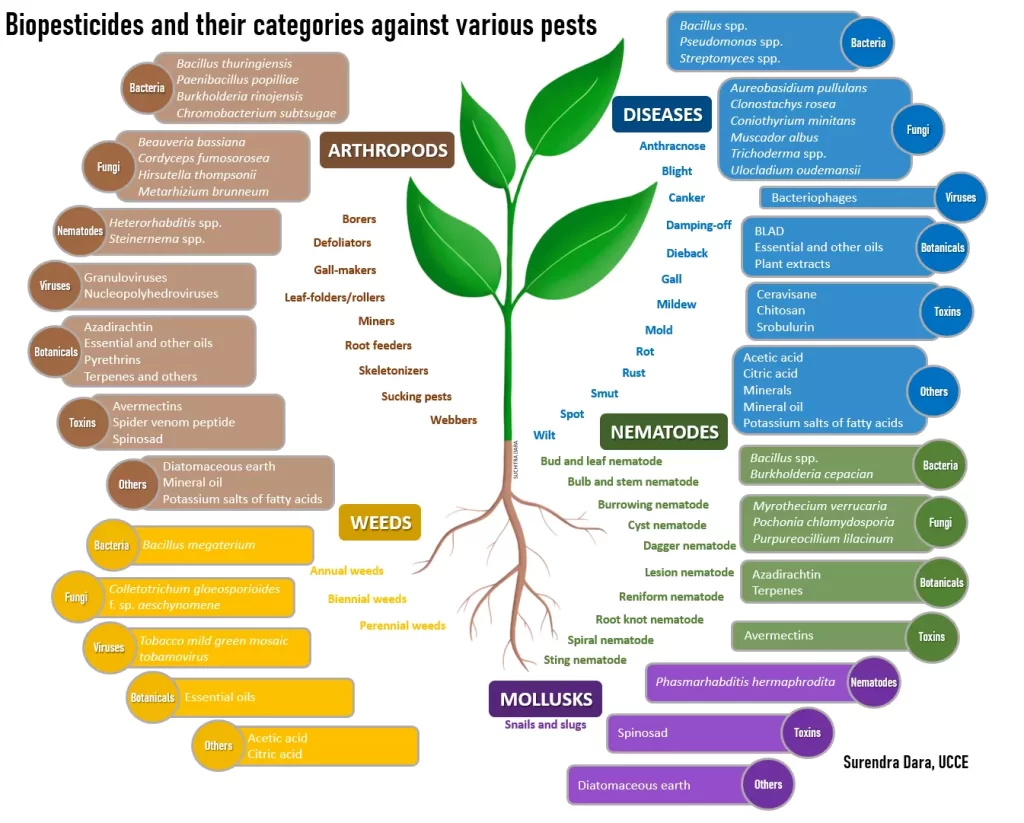Rhizoctonia solani What is Rhizoctonia solani? The fungus Rhizoctonia solani is a soilborne pathogen that spreads in wet and warm conditions. It infects many economically vital plants—including greenhouse vegetables, ornamentals, and field crops [1, 2]. Crops affected by this pathogen include peppers, lettuce, potatoes, tomatoes, rice, soybeans, wheat, lilies and turf grass. In fact, it […]
Written by: Becky Anderson Published by: David Santos Hydroponic vs. Soil Cultivation Hydroponic farming mitigates many issues and stressors that traditional farmers face. These issues can include reliance on the weather, soil erosion, poor drainage, and unsuitable soil compaction or nutrient density. Hydroponic farming allows for less usage of water than irrigation systems. Hydroponics not only recycle […]
Impatiens Necrotic Spot Virus An emerging threat to greenhouse vegetables Impatiens necrotic spot virus first emerged in floriculture and nursery crops [1] and is now affecting and causing considerable losses to these greenhouse-grown vegetable crops such as cucumber, tomato, pepper, and lettuce [2]. An economic analysis done on two lettuce growers in the Salinas Valley […]
Written by: Becky Anderson Published by: David Santos Ralstonia solanacearum What is Ralstonia solanacearum? The bacterial pathogen Ralstonia solanacearum is a Gram-negative, soil-borne bacterial pathogen that causes bacterial wilt and brown rot in potatoes. This bacterium belongs to a complex of four groups called phylotypes. These groups are known as the R. solanacearum species complex (RSSC). Each […]
Written by: Becky Anderson Published by: David Santos What is Fusarium oxysporum? Fusarium oxysporum is a fungus which can cause root rot, crown rot and, most commonly, wilting in a wide variety of crops such as basil, lettuce, cannabis and tomatoes (Figure 1). Wilting caused by F. oxysporum is known as Fusarium wilt and is a common […]
Written by: Becky Anderson Published by: David Santos What is Podosphaera xanthii? Podosphaera xanthii is a pathogenic fungus which causes “powdery mildew” on plants, especially cucurbits [1]. The naming of this fungus is not standardized, and you may also know it as Podosphaera fusca, Sphaerotheca fuliginea or Sphaerotheca fusca [1]. In addition to P. xanthii, powdery mildew […]
Written by: Becky Anderson Published by: David Santos What is Pectobacterium carotovorum? Pectobacterium carotovorum is one pathogen, of many, that causes soft rot in plants. It is a Gram-negative, rod-shaped, facultative anaerobe [1], (Figure 1). This bacteria is part of the order Enterobacterales [2] which includes other well-known bacteria such as Escherichia coli, Klebsiella pneumoniae and Salmonella, to […]
Up to 40% of global crop loss is due to pests and plant diseases costing the global economy over $220 billion annually estimated by The Food and Agriculture Organization of the United Nations (FAO). Plant pathogens are not just a problem in traditional field agriculture, but also in indoor farms such as greenhouses and vertical […]
3 Common Greenhouse Pests One of the most common issues that lots of growers deal with in a greenhouse is different types of pests. The warm, humid conditions and abundant food in a greenhouse provide the perfect environment for pest development. Greenhouses also lack the natural predators for most pests that would be found in […]
Written by: Becky Anderson Published by: David Santos Biocontrol in Farming Globally, around 3 billion tons of pesticides are used annually to prevent diseases and pests from harming crops, yet 40% of crops are still lost due to plant diseases [1]. Adapting biocontrol in farming is a natural way to prevent and treat diseases; it can significantly […]


